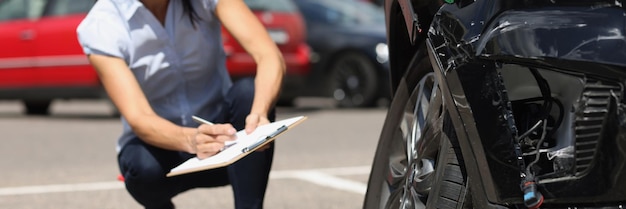
Buying a pre-owned car often offers significant savings, but it’s not without its pitfalls. If you’re not cautious, the unforeseen and hidden issues might eventually offset any potential savings. Therefore, before committing to a used car, a comprehensive inspection conducted by a trusted mechanic is highly advised. This involves assessing critical areas, as neglecting these could lead to costly fixes down the line.
1. TIRES, ROTORS, BRAKES & CALIPERS:
Maintaining the car’s wheels and brakes is crucial but often expensive, especially when multiple parts need replacement. Ideally, dealerships should replace these components if they’re showing significant wear, but this isn’t always the case. Thus, attentively inspecting the tires, brakes, rotors, and calipers can avoid unwelcome surprises. Keep an eye out for premature wear or rust, particularly if the vehicle has been used in snowy regions or near the beach. Your trusted mechanic should meticulously check these components, which could cost hundreds of dollars to replace.
2. STORED CODES:
Stored codes within the vehicle’s system indicate existing issues. These might trigger the check engine light or hint at impending issues. Some unethical sellers might temporarily clear these codes long enough to finalize the sale, allowing an underlying problem to re-emerge later. Reviewing any stored codes can help uncover these hidden issues and avoid unpleasant surprises post-sale.
3. STRUCTURAL DAMAGE:
Minor scratches and dings are expected and acceptable on the exterior of a pre-owned vehicle. However, issues such as frame damage are more severe and typically indicate significant trouble. It’s essential for your mechanic to check for signs of severe structural damage such as loose parts, inconsistencies in paint depth, misaligned shut lines, and chassis welding.
4. ELECTRICAL ISSUES:
As technology advances, vehicles become more packed with electronics, and therefore, the risk of malfunction grows. Crucial components like the alternator, battery, electrical fuses, spark plugs, and starter must be scrutinized to ensure they’re operating effectively. Failure of these electrical parts can lead to costly repairs or replacements.
5. MAJOR ENGINE ISSUES:
Undetected fundamental engine problems can lead to expensive repairs that range from hundreds to thousands of dollars. Common high-ticket items include the catalytic converter, compressor, O2 sensors, oil pump, and radiator. Having these thoroughly checked can prevent hasty purchases that might lead to a financial setback.
In conclusion, before signing the dotted line for a pre-owned vehicle, it’s wise to have a trusted mechanic examine the condition of tires, rotors, brakes and calipers, check for stored codes, review any structural damage, and scrutinize for electrical and major engine issues. While it might cost a bit upfront, this diagnostic check can potentially save you thousands of dollars in the long run. It’s a worthwhile investment to avoid the headaches of post-purchase repairs. So, would you consider having a comprehensive pre-purchase inspection the next time you’re in the market for a used vehicle?


